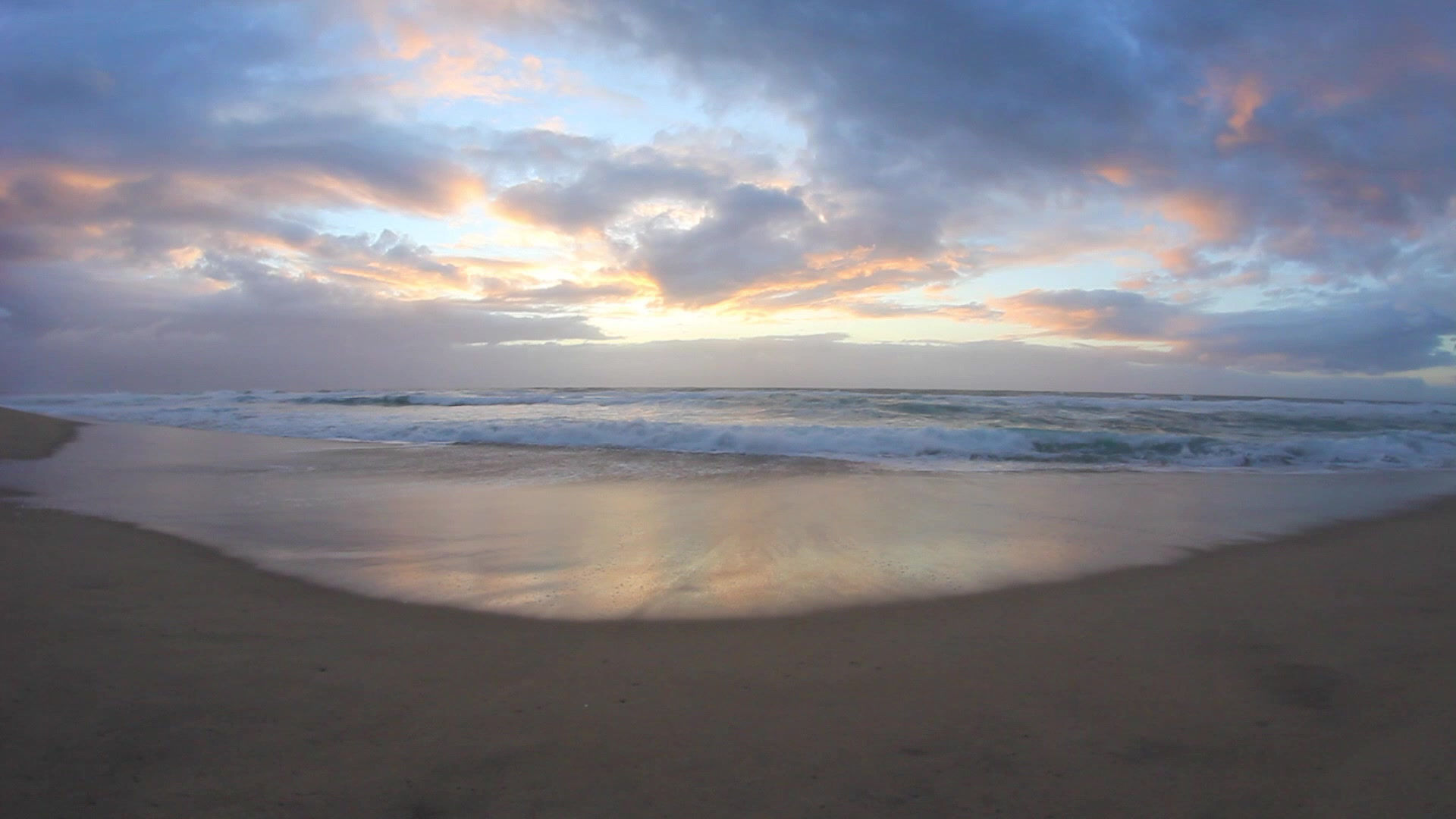Yet Another Lent?
- Fr. Satish Joseph

- Mar 5
- 3 min read

I have just travelled to and from about 9,000 miles. It took me six flights to get to India and be back. Most of you are air travelers too, and you know that one of the first things we are given before a plane takes off is the safety instructions. If there isn’t a screen in front of us, it is generally a flight attendant who has three things handy – a seat belt, an oxygen mask, and a life jacket. Now, who does not know how to put on a seat belt? And how many times do you need to be told how to wear a lifejacket, or to put on your own oxygen mask before you help someone else? Who does not know the exits from a plane since everyone just entered through one? Passengers are also instructed to familiarize themselves with the safety instruction card sitting in the seat pocket in front of them. When was the last time you picked one up? I don’t touch it fearing how filthy it might be.
As flight attendants demonstrate the safety instructions, most people totally ignore them. Flight attendants must feel awkward demonstrating to an audience that is either on the phone, reading a book, already snoring, or looking out of the window. I am generally watching other people’s reactions and amusing myself. Most of us can’t wait for it to be over so we get on with the flight and reach our destination ‘safely’. We want to reach home ‘safe’ but without paying attention to the safety instructions.
Just like on yet another airplane, here we are, about to begin yet another Lent. Yet another Lent? And I wonder if we are like passengers on an airplane. Advent comes, Advent goes. Lent comes, Lent goes. We have done this so many times. Are we paying attention or are we busy about other things?
The thing about the airplane safety demonstration is that every one of those instructions are life-saving instructions. They are given because they literally save lives. Even if we know how to put on a seatbelt, or put on an oxygen mask, or a life-jacket, it is about the having an awareness of our safety and the safety of others. If panic sets in an emergency, simple things suddenly seem complicated. It is best people pay attention to the safety instructions.
Each Lent is like a safety demonstration offered yet again to those on the journey of life. Lent offers us life-saving instructions. Some of us need to put our spiritual seatbelts on. Some of us need our spiritual oxygen masks. Some of us literally need a spiritual lifejacket. While we might be inclined to treat each Lent like people on an airplane, it is best we pay attention.
At the beginnig of Lent, on Ash Wednesday, there are three spiritual safety instructions that Jesus gives us – prayer, fasting, and almsgiving (Mt 6:1-18) . Think of these as the seatbelt, the oxygen mask, and the lifejacket for our journey through life. Prayer is the lifeline we create with our Creator and Redeemer. Almsgiving invites us to pay attention to others on the same journey who may need help. And fasting invites us to develop the strong inner will, the self-control, and the discipline needed to navigate the complexities of life. Literally, without these tools and the safety instructions that go with them, we can perish.
Meanwhile, Lent also comes with a safety card. Lenten scripture readings are like a safety manual that offers practical ways to make our life-journey sure and safe. With this manual we can be sure to reach out eternal destination safely. And in case there is an emergency, there are instruction for that too.
This Lent, yet again, God stands before us like a flight attendant. God is gesturing to us and drawing our attention. God is inviting us to pray, to fast, and do penance, and to give alms. God is inviting us to pick up the Lenten scriptures and read them.
Are we listening? Are we on the phone? Are we distracted? Are we too busy? Are we looking in another direction? It is best we pay attention. It will get us to our destination safely.
Fr. Satish Joseph







Comments